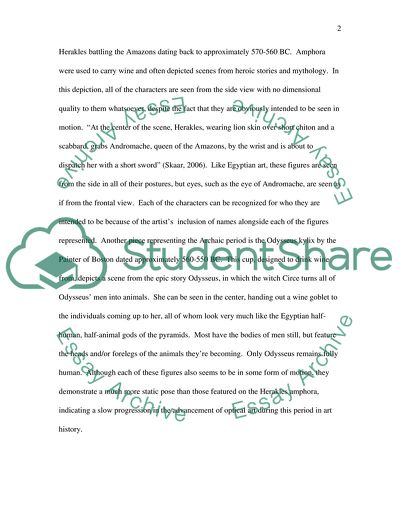Cite this document
(“Greece Essay Example | Topics and Well Written Essays - 1000 words”, n.d.)
Retrieved from https://studentshare.org/miscellaneous/1537330-greece
Retrieved from https://studentshare.org/miscellaneous/1537330-greece
(Greece Essay Example | Topics and Well Written Essays - 1000 Words)
https://studentshare.org/miscellaneous/1537330-greece.
https://studentshare.org/miscellaneous/1537330-greece.
“Greece Essay Example | Topics and Well Written Essays - 1000 Words”, n.d. https://studentshare.org/miscellaneous/1537330-greece.


